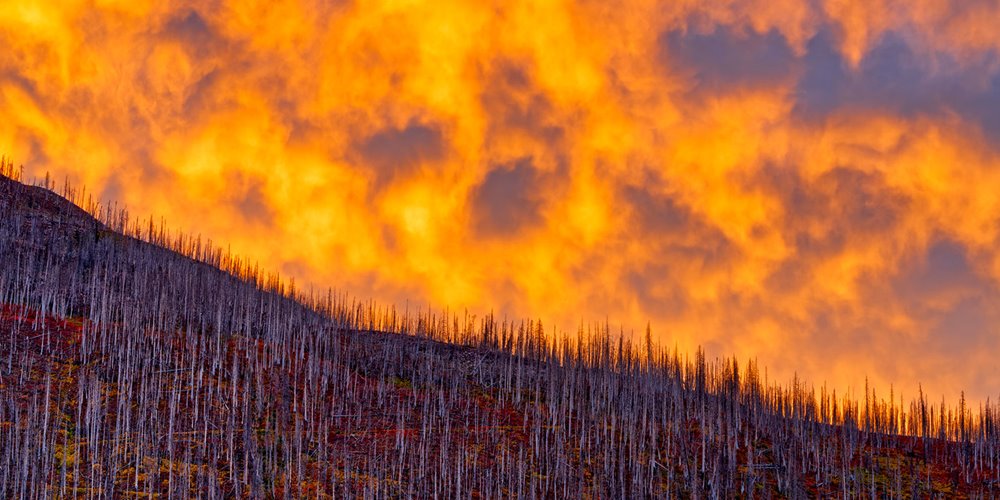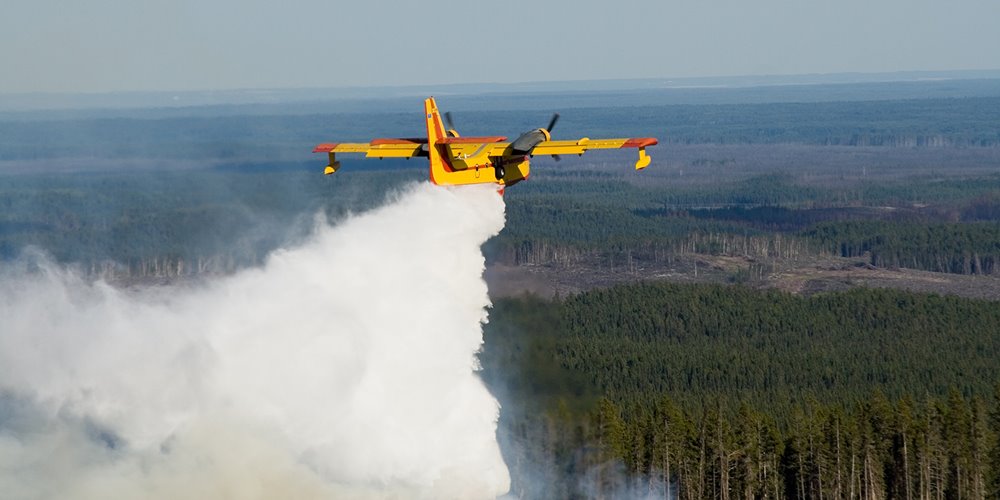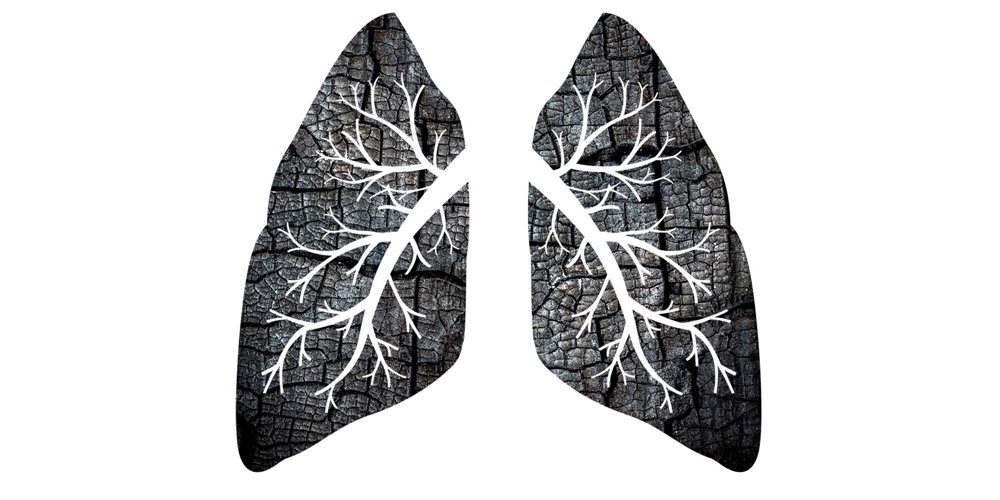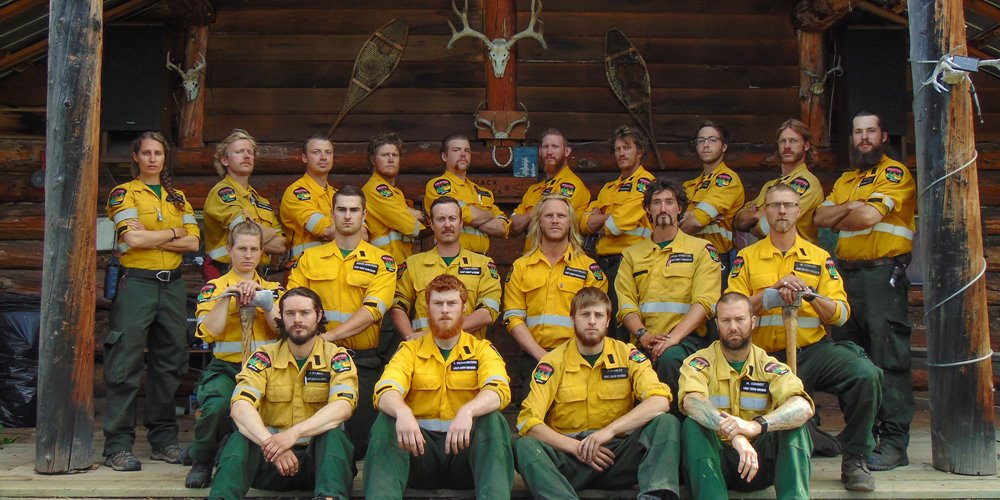Early start to wildfire season signals need for Albertans to prepare at home
On Feb. 20, the Government of Alberta declared the 2024 wildfire season to be officially underway. It was unusual; technically, it was still winter, and 10 days ahead of the season's traditional March 1 start. But winter itself was unusual, with minimal snow to help dampen spring fires, and little rain in the forecast.
"I think we’re going to be more prepared than we were last year,” Alberta Forestry and Parks Minister Todd Loewen told reporters at the time.
Last year, 2.2 million hectares burned – more than 10 times the annual average.
As residents who may be affected by the blanket of wildfire smoke or threat of evacuation, we can be more prepared as well. Here are tips and things to know so that we can be ready should we see a repeat, or worse, of 2023.
7 ways to look after ourselves in a disaster

“There’s an over-reliance on some agencies, particularly governments, to manage disasters,” says Jodi Manz-Henezi, chair of NAIT’s Disaster and Emergency Management program. From identifying risks to adopting the right attitude, here's how we can take control of situations before and while they happen.
Keep smoke out of the house

Smoke will work relentlessly to find a way into our homes. There are measures we can take, and some that we shouldn't. Heating Ventilation Air Conditioning Refrigeration Technician instructor, Justin Evernden explains.
Don't add to the problem

More than half of all wildfires are caused by human activities. Looked at another way, half of all wildfires may be preventable. We can do our part to protect yourself, the environment and the community by following these six tips from NAIT's Forest Technology program.
Protect the lungs

We can't stay inside for the entirety of wildfire season but don't forget that what's in the air will make it into our lungs. “In general, limiting exposure is the way to go,” says Respiratory Therapy instructor Graham Werstiuk (class of ’06). Follow his advice to avoid irritation, infection and even damage.
Appreciate our wildfire fighters

Don't forget: it's human beings out there doing all that they can to keep blazes at bay. That can mean shifts of 12 or more hours of exhausting work in blistering heat. Here, veteran wildfire fighter Harold Larson (Forest Technology ’13) explains what it means to be on the fire line, working to keep Albertans safe from one of nature's fiercest forces.
Whenever we can, and however we can, let's show that we care about those who are taking care of our province.
Banner image by Osarieme Eweka/istockphoto.com